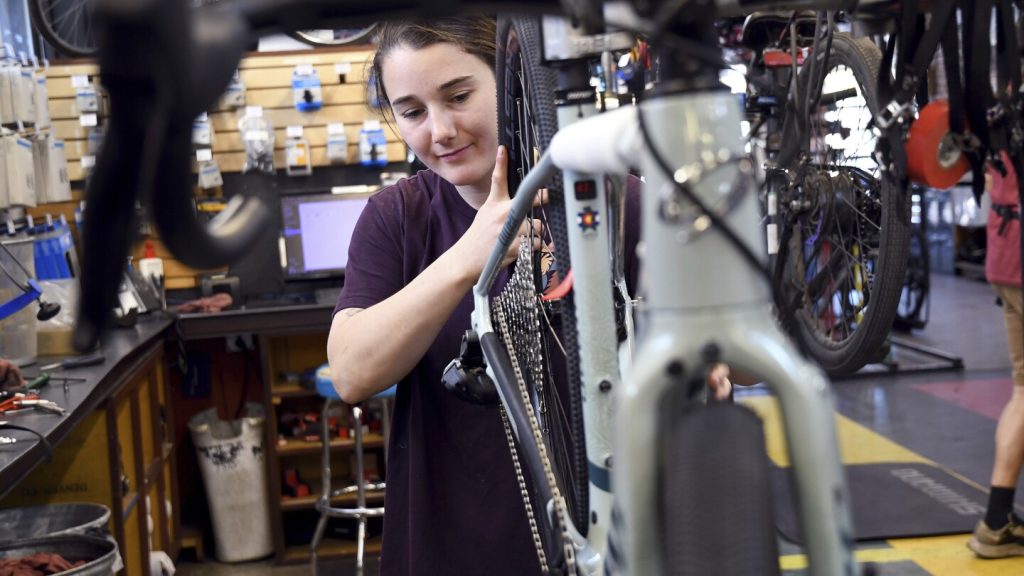The past few years have been a rollercoaster for the nation’s bicycle shops, akin to the Tour de France, with various challenges testing their resilience. At the onset of the pandemic, there was a surge in interest in cycling, driving sales up by 64% to $5.4 billion in 2020. However, this boom did not last long. Due to pandemic-related supply chain issues, bicycle shops struggled to restock their inventory after selling out all their bikes. Now, with inventory catching up, there are fewer people in need of new bikes, leading to bicycle makers slashing prices to clear out excess stock. This has created a tough environment for retailers, with only a few bright spots like gravel and e-bikes.
Despite the challenges, bike sales totaled $4.1 million in 2023, which was a 23% increase from 2019 but a 24% decrease from the peak in 2020. The recovery from the pandemic has been uneven, with national retailers stabilizing faster than independent bike shops. Independent bike stores are not only facing competition from national chains but also from bike manufacturers like Specialized and Trek, who have started buying bike shops and selling bikes directly to consumers. This has put additional pressure on independent retailers, making it difficult for them to compete in the market.
For John McDonell, the owner of Market Street Cycles in San Francisco, the shift to hybrid work brought about by the pandemic has been particularly tough on business. The decrease in commuters passing by his shop has led to a significant decline in foot traffic, impacting sales. With national retailers stabilizing faster than independent stores and bike manufacturers cutting out the middleman, McDonell has had to reduce his staff and is considering closing his shop when his lease is up in a couple of years. The dream of passing on his shop to a younger bike enthusiast is fading as the challenges continue to mount.
In Boulder, Colorado, Douglas Emerson’s bike shop, University Bicycles, is faring better, benefiting from being located in a popular biking destination. The shop experienced a surge in bike sales during the pandemic, followed by a slowdown due to inventory shortages and decreased rentals. However, Emerson has adapted by focusing on selling accessories like clothing, helmets, and locks to existing bike owners. The shop has returned to its 2019 sales numbers and has seen continued demand for e-bikes, children’s bikes, and gravel bikes, which have become popular among consumers.
Shawna Williams, owner of Free Range Cycles in Seattle, Washington, had a different experience during the pandemic due to the small size of her shop. She took customers by appointment only from March 2020 to May 2021, and while she did not experience a sales surge like other shops, she faced shortages and had to adapt by focusing more on repair and maintenance services. By offering a wider range of services, Williams was able to sustain her shop throughout the pandemic and maintain a steady stream of revenue. She emphasizes the importance of customer loyalty and creating a meaningful connection with customers to support the business.
Overall, the bicycle industry has navigated through a challenging period with peaks and valleys in sales, driven by changing consumer behaviors and market dynamics. Independent bike shops face increasing competition from national retailers and manufacturers, forcing them to find innovative ways to stay afloat. Despite the tough environment, there are opportunities for growth in niche markets like gravel and e-bikes, as well as focusing on building strong relationships with customers through services like repairs and maintenance. As the industry continues to evolve, adaptability and perseverance will be key for bicycle shops to thrive in the post-pandemic landscape.


